Premium Only Content
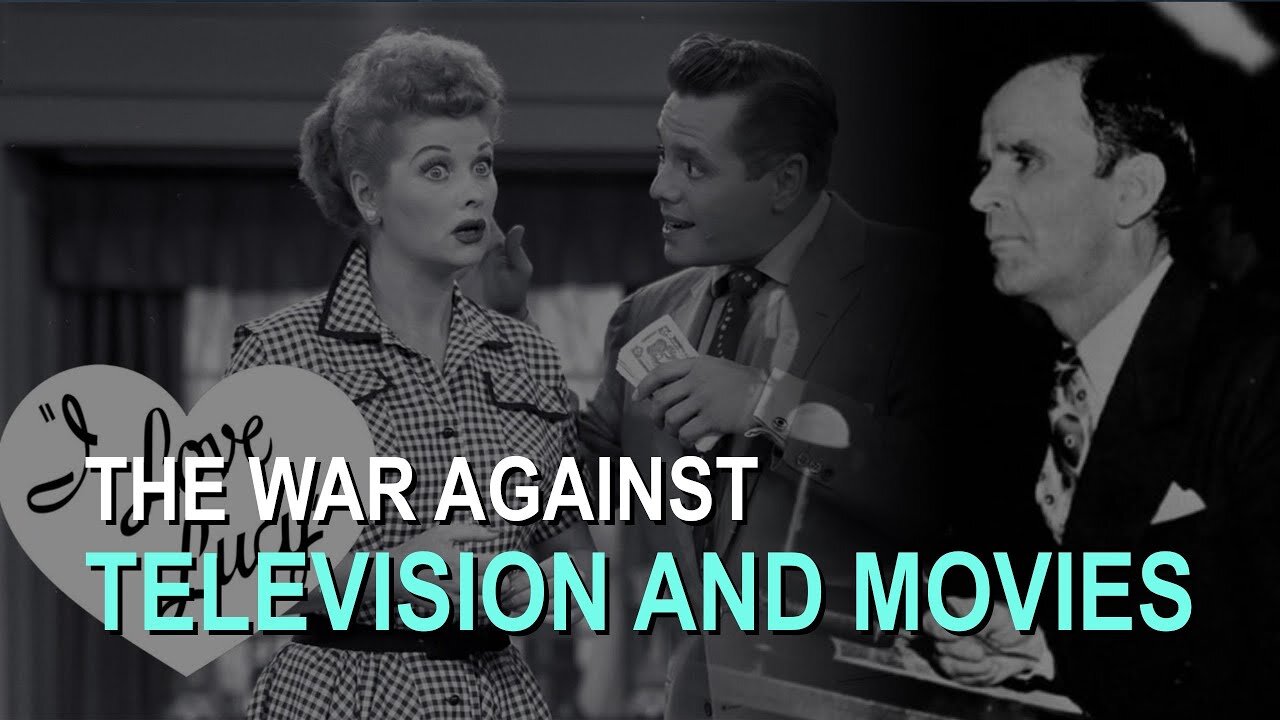
The War Against Movies and Television
The war between white supremacy and the television/film industry has been waged since the re-organization of the Ku Klux Klan in 1915. Due to the strong influence of leaders in white supremacy on American religion, it is a battle that was and is often fought through religious leaders.
When the Ku Klux Klan was rebirthed in 1915, it came on the heels of D. W. Griffith's film "The Birth of a Nation." In many ways, the film was responsible for reviving the Klan after the 1865 Klan died out. The film depicted people with black skin as inferior predators of white women and those who supported racial equality in Washington as "Radical Republicans". The racist narrative was widely accepted as historical fact, and when the Klan was rebirthed in Atlanta under Colonel William Joseph Simmons, it presented itself as the solution to the problem that the film created.
When New York World exposed the Ku Klux Klan as a domestic terrorist organization in 1921, however, many of those "values" were not so widely accepted — especially in the northern states. The film industry shifted dramatically, and films produced were not aligned with the agenda of white supremacists. As the studio system was introduced and the Golden Age of Hollywood began to form, many of those involved did not support the Klan's agenda. Yet the media they produced was largely popular and highly influential. White supremacists began to fear that the film industry would have a greater influence on the nation than that of their own propaganda engine.
Though it was short-lived, the solution in the 1920s was a counter-offensive. The Klan began to produce films of their own. The films were played in cinemas owned or run by Klansmen or white supremacists sympathetic to the Klan's agenda. One theater in Noblesville, Indiana, for example, advertised that patrons could view the film "before or after the K.K.K. parade tonight" and that the theater was "Kool, Kozy, and Klean." In regions where the religious communities were sympathetic to the Klan, local churches, schools, parks, and other public venues played the films.
William Branham, the leader of the Post WWII Healing Revival mentored by the Klan's 2nd-in-command, Roy E. Davis, introduced themes into the revivals such as "The Invasion of the United States" targeting Hollywood's influence. He ridiculed Television programs opposed to Klan values, such as "I Love Lucy" which portrayed an interracial marriage. Though William Branham owned a Television set and frequently watched it in his home or in hotels,[9] he strongly condemned owning a Television and claimed that he would never have one in the home because "God told me not to do it".
You can learn this and more on william-branham.org
Television and Movies:
https://william-branham.org/site/research/topics/movies_and_television
-
 57:18
57:18
William Branham Historical Research
14 days agoThe Faithful Servant or Master Manipulator: Ewald Frank and the Message - Charles Paisley ep 330
232 -
 LIVE
LIVE
Kim Iversen
1 hour agoWhy Ukraine Will Burn—And Trump Can’t Do a Thing About It | Jim Jatras
9,515 watching -
 LIVE
LIVE
Redacted News
1 hour ago“They're lying to us!” They ALL want a war with Iran and it’s coming | Redacted
18,802 watching -
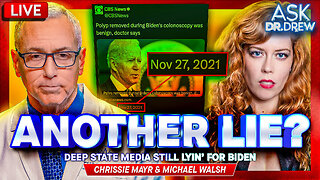 LIVE
LIVE
Dr. Drew
4 hours agoThe Deep State Media Is Still Lyin' For Biden w/ Comedian Chrissie Mayr & Author Michael Walsh – Ask Dr. Drew
443 watching -
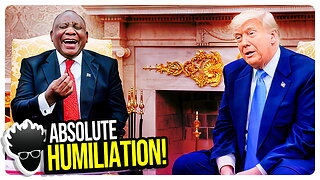 LIVE
LIVE
vivafrei
6 hours agoComey Trolled HARD! Babbitt Settlement! Live with Marco Polo (Author of Hunter Biden Laptop Report);
8,639 watching -
 50:06
50:06
Candace Show Podcast
2 hours agoTaylor Swift Is Now Team Baldoni…Here’s Why. | Candace Ep 187
9.01K14 -
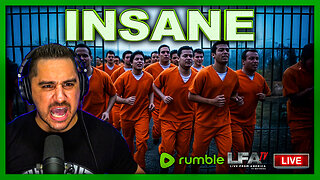 LIVE
LIVE
LFA TV
20 hours agoLFA TV LIVE STREAM - WEDNESDAY 5/21/25
3,092 watching -
 LIVE
LIVE
StoneMountain64
3 hours agoWarzone, but I DON'T snipe
178 watching -
 LIVE
LIVE
Untamed Nation
1 hour agoTRUMP EXPOSES SOUTH AFRICAN PRESIDENT ⚠ Joe Oltmann and Matt Wallace | 21 MAY 2025
561 watching -
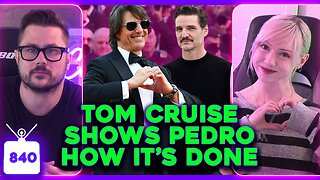 2:03:50
2:03:50
Pop Culture Crisis
2 hours agoTom Cruise Schools Pedro Pascal, 'Tomb Raider' Series BACK? Justin Bieber Humiliates Wife | Ep. 840
26.9K2